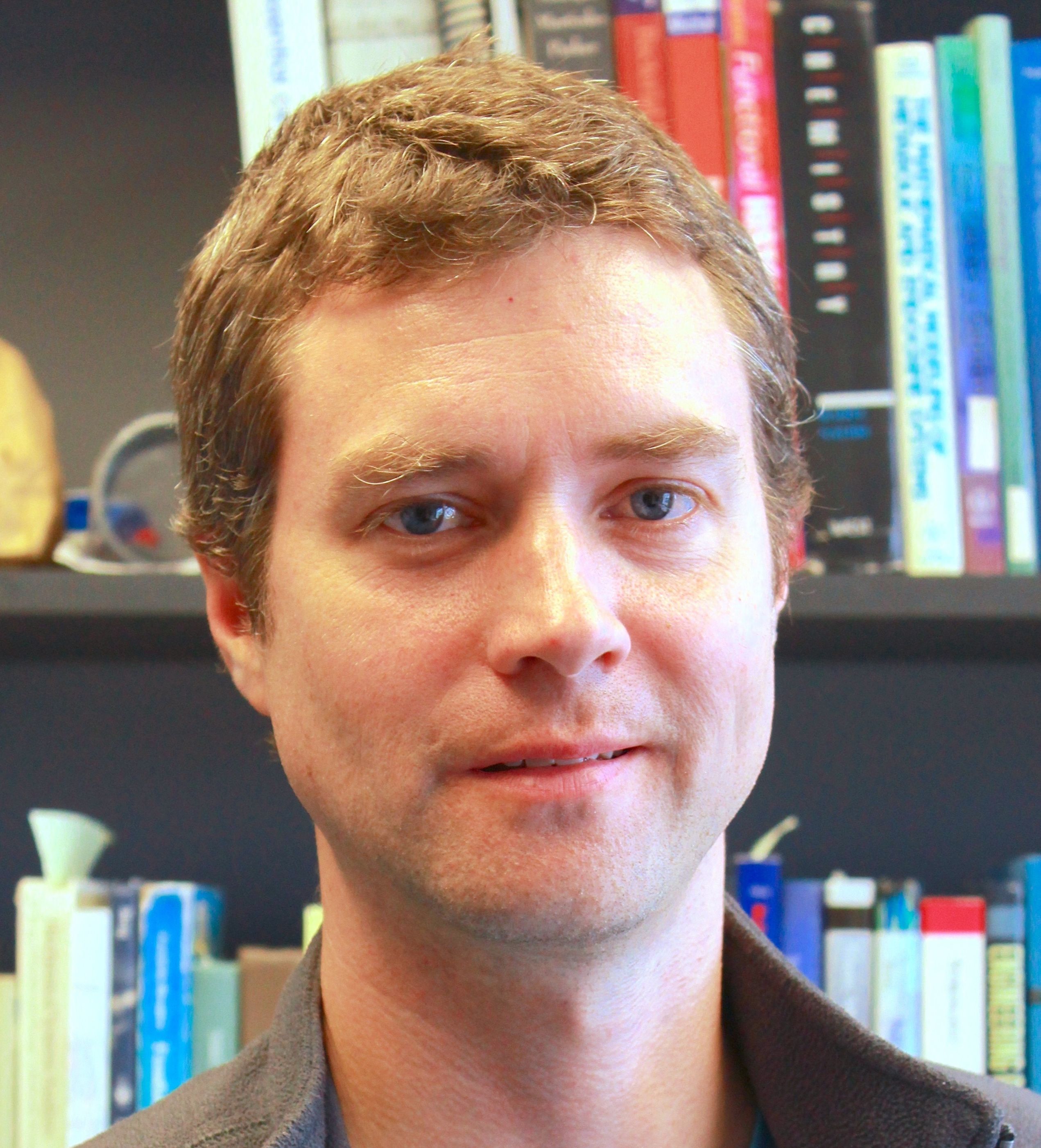|
|
|
Main Speakers/Courses
The meeting will be focused on short courses,
of two or three one-hour lectures each, given
by invited distinguished researchers, which
are supplemented by contributed short talks by
other participants and posters of case
studies.
Main Speakers
 Brian Ingalls (Department
of Applied Mathematics, University of
Waterloo Brian Ingalls (Department
of Applied Mathematics, University of
Waterloo
Waterloo, Ontario, Canada)
homepage
Minicourse "Introduction to
Dynamic Mathematical Modelling in
Systems Biology"
-
Abstract: Cellular activity is
driven by complex molecular
interaction networks. Systems
modelling allows us to understand
the behaviour of these networks, and
to predict their response to
perturbations. This session will
introduce differential
equation-based models of
intracellular networks. We will
address methods for model
construction based on biochemical
kinetics, and introduce some
commonly used techniques for model
investigation: phase plane,
bifurcation, and sensitivity
analyses. We will survey systems
that cover a range of biological
functions, with emphasis on
intracellular signalling networks.
 Lutfu Safak Yilmaz
(Walhout Lab, Program in Systems
Biology, Department of Biochemistry and
Molecular Pharmacology, University of
Massachusetts Medical School, USA)
homepage Lutfu Safak Yilmaz
(Walhout Lab, Program in Systems
Biology, Department of Biochemistry and
Molecular Pharmacology, University of
Massachusetts Medical School, USA)
homepage
Minicourse "Metabolic Network
Modeling: Genome-scale Reconstruction,
Flux Balance Analysis, and
Applications to Caenorhabditis elegans
Metabolism"
- Abstract: Constraint-based
metabolic network modeling (MNM)
allows the computational analysis of
the metabolism of an organism at
global scale with minimal
requirements of computational
performance and without model
overparameterization. The initial
step of MNM is the annotation of
metabolic genes in the entire genome
of the organism of interest,
typically resulting in a network of
hundreds to thousands of reactions
that link metabolites. The network
is then converted to a mathematical
model that warrants mass balance of
every compound at steady state while
maximizing a biologically relevant
objective, such as the rate of
growth represented by the flux of a
biomass assembly reaction. Fluxes in
a subset of reactions are
constrained to define the
environmental conditions of the
simulation, reaction reversibility,
and known production/consumption
rates. The flux distribution in the
network is predicted for these
defined conditions using linear
programming. This method is called
Flux Balance Analysis (FBA), and has
been used in a variety of
systems-level applications ranging
from the discovery of novel pathways
to the maximization of valuable
metabolic products. Mathematical
derivatives of FBA have been
developed to integrate metabolic
networks with high throughput
datasets including transcriptomics,
proteomics, and metabolomics. Data
integration greatly constrains the
generic model of an organism to
predict the flux distribution in a
particular metabolic state, such as
stage- or tissue-specific
metabolism. In this lecture series,
FBA and data integration techniques
will be introduced and explored
using applications mostly with a
recently developed metabolic model
of the nematode Caenorhabditis
elegans
 Maciej
Dobrzynski (Systems Biology
Ireland, Conway Institute Belfield,
Dublin, Ireland) homepage Maciej
Dobrzynski (Systems Biology
Ireland, Conway Institute Belfield,
Dublin, Ireland) homepage
- Minicourse "Introduction to
modelling noise and cell-to-cell
variability in signalling networks"
-
Abstract: Signalling networks
exhibit complex dynamics, which
allows cells to assume a wide range
of phenotypes and fates. However,
the outcomes may differ even across
the population of genetically
identical cells because networks
operate in a tiny microcosm subject
to thermal noise and diffusion in a
crowded compartmentalised
environment. Such cell-to-cell
variability may be advantageous for
bacteria or tumour cells to evade
drug treatments but too much noise
in signal processing could result in
erroneous decisions, which would be
detrimental for the population.
In this mini-course I will
focus on the effect of noise on
cellular signal processing and cell
fate determination with emphasis on
phenotypic consequences of
cell-to-cell variability. In
particular, I will address the
following:
- Mathematical and numerical
frameworks to model noisy
biochemical networks with and
without spatial resolution
- Approaches to model
variability on the cell population
level
- Propagation of noise in
signalling networks; network
structures that amplify or attenuate
noise
- Single-cell resolution
measurement techniques and
associated data analytics approaches
for high content screening
experiments.
 Pedro Mendes (Director
of Mendes Research Group, School of Computer
Science, Manchester Institute of
Biotechnology, UK. Pedro Mendes (Director
of Mendes Research Group, School of Computer
Science, Manchester Institute of
Biotechnology, UK.) homepage
Workshop "Optimization
and parameter estimation (with
COPASI)"
Abstract:
See
Copasi homepage here.
|
|
|
|